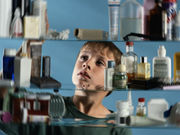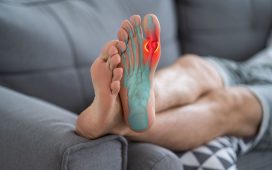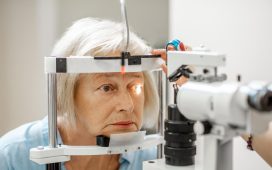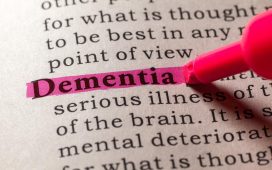Intentional meds exposure most often reported among teens, accounting for half of teen exposure
TUESDAY, May 22, 2018 (HealthDay News) — From 2000 through 2011 there was an increase in pediatric attention-deficit/hyperactivity disorder (ADHD) medication exposures reported to U.S. poison control centers, according to a study published online May 21 in Pediatrics.
Samantha A. King, from The Research Institute at Nationwide Children’s Hospital in Columbus, Ohio, and colleagues conducted a retrospective analysis using data from the National Poison Data System from 2000 through 2014 to examine ADHD medication exposures among individuals aged 0 to 19 years.
The researchers found that there were 156,365 exposures reported to U.S. poison control centers related to ADHD medications from 2000 through 2014. From 2000 to 2011 there was a 71.2 percent increase in the overall rate of reported exposures, followed by a 6.2 percent decrease from 2011 to 2014. Seventy-six percent of exposures involved children aged 12 years and younger. Overall, 46.2 and 44.5 percent of exposures were accounted for by methylphenidate and amphetamine medications, respectively. Therapeutic error was the most common reason for exposure (41.6 percent). Intentional medication exposures, including suspected suicide and medication abuse and/or misuse, were reported most often among adolescents, accounting for half (50.2 percent) of exposures in this age group. Most (60.4 percent) exposed individuals did not receive treatment at a health care facility.
“Unintentional and intentional pediatric exposures to ADHD medications are an increasing problem in the United States, affecting children of all ages,” the authors write.
Copyright © 2018 HealthDay. All rights reserved.








